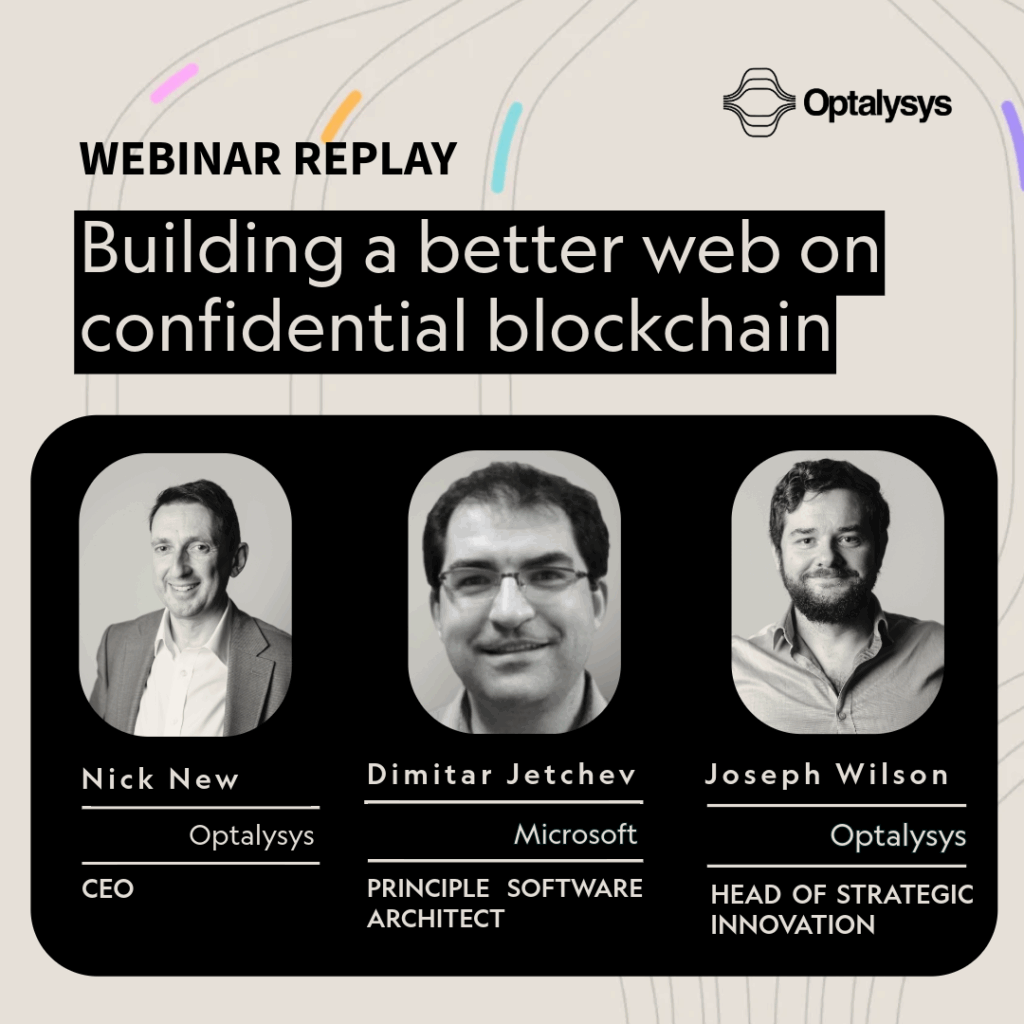
Real World Assets on blockchain: The trillion-dollar opportunity that needs confidentiality
The tokenisation of Real World Assets (RWAs) represents one of the most compelling applications of blockchain technology, promising to bridge the gap between traditional financial markets and the efficiencies of decentralised infrastructure.
By tokenising assets like real estate, bonds, private credit, and even art digitally on a blockchain, RWA tokenisation aims to enhance liquidity, broaden accessibility, and streamline asset management.
The market is already showing tangible traction, moving beyond early experiments. Some estimates placed the nascent market around $0.6 trillion entering 2025, with significant growth in areas like tokenised treasuries and private credit.
Major financial institutions like BlackRock (with its BUIDL tokenised fund), JPMorgan (via its Kinexys platform), Franklin Templeton (the first asset manager to build on the layer-2 blockchain), and Société Générale are actively exploring or deploying RWA tokenisation solutions, signalling serious institutional interest.
From billions to trillions
The scale of the opportunity is immense, with the RWA tokenisation industry projected by some to exceed $30 trillion.
This explosive growth anticipates bringing vast swathes of traditionally illiquid or inaccessible assets onto blockchain, driven by institutional interest in the benefits of dealing in onchain financial products.
However, realising this multi-trillion dollar potential hinges on overcoming a fundamental challenge inherent in most current blockchain implementations: privacy.
While blockchain offers transparency, the public or semi-public nature of even permissioned ledgers is often incompatible with the confidentiality and compliance requirements of traditional finance and institutional players.
Consider the data involved in RWA tokenisation:
- Asset ownership: revealing the identities of asset owners is often unacceptable due to privacy rights (like GDPR) and commercial sensitivities
- Asset details & valuation: exposing specific details, underlying performance data, or real-time valuations of assets can undermine competitive positions or negotiation leverage
- Transaction data: publicly visible transaction amounts, counterparty details, or investment flows related to RWAs can leak sensitive strategic information
For institutions accustomed to operating within established legal and commercial confidentiality frameworks, broadcasting this information on a shared ledger poses significant risks.
This privacy gap is arguably the single largest barrier preventing the RWA tokenisation market (and indeed blockchain technology itself) from scaling exponentially and achieving its widely projected potential.
“The biggest barrier to widespread enterprise adoption of blockchain is privacy” – Jeremy Allaire, CEO of Circle (issuer of USDC stablecoin)
Encrypted Blockchain: The necessary evolution for RWA tokenisation
To bridge this gap, the blockchain ecosystem must evolve to incorporate robust privacy-preserving technologies.
This means moving towards models where asset information can be recorded, managed, and transacted upon while remaining encrypted.
Fully Homomorphic Encryption (FHE) stands out as a uniquely powerful tool in this context. FHE allows computations – such as verifying compliance rules, calculating portfolio values, executing asset transfer logic, or performing analytics – to be conducted directly on encrypted data without needing to decrypt it first.
This capability allows RWA platforms built on blockchain to:
- Maintain an immutable record of ownership and transactions
- Execute complex smart contract logic related to the assets
- Facilitate regulatory compliance checks
- All while keeping sensitive owner identities, asset details, and transaction values confidential
This fusion of blockchain’s transparency benefits (for auditability and shared state) with strong cryptographic privacy is essential for building the trust and compliance required by institutional participants and regulators.
FHE performance and acceleration
While FHE provides the necessary privacy mechanism, its practical implementation faces a significant hurdle: computational overhead.
FHE operations are inherently complex and, understandably, slower than computations on unencrypted data when run on standard hardware (CPUs/GPUs). The costs of running FHE through GPU-based solutions scale too quickly as performance demands increase, and it’s prohibitively expensive to deploy them to handle high transaction rates.
However, the hardware acceleration market is maturing rapidly, with FPGA-based solutions like LightLocker™ Node delivering enterprise-grade efficiency required to make complex FHE operations practical for RWA management, compliance checks, and secure trading on blockchain.
This enables:
- Low-latency processing of confidential RWA transactions
- Efficient execution of complex compliance rules on encrypted data
- Scalable management of large portfolios of tokenised assets
Crucially, this puts the $30tn projection within grasp.
Accelerating the future of asset management
The tokenisation of Real World Assets holds transformative potential for financial markets, promising increased efficiency, liquidity, and accessibility.
Major institutions are already participating, and market projections point towards a multi-trillion dollar future. However, unlocking this potential requires solving the critical challenge of privacy on blockchains.
Fully Homomorphic Encryption offers a powerful pathway to achieving this, enabling computation on encrypted data directly within blockchain environments. Dedicated hardware acceleration is the critical enabling technology required to break the performance barrier and set the pathway to that $30 trillion projection.
This synergy between advanced cryptography and specialised hardware is fundamental to building the trusted infrastructure needed for the future of asset management on blockchain.
At Optalysys we’re developing the future of encrypted blockchain through pioneering the use of optical computing to accelerate Fully Homomorphic Encryption. Find out more about LightLocker Node and how we can accelerate your confidential blockchain use case →


